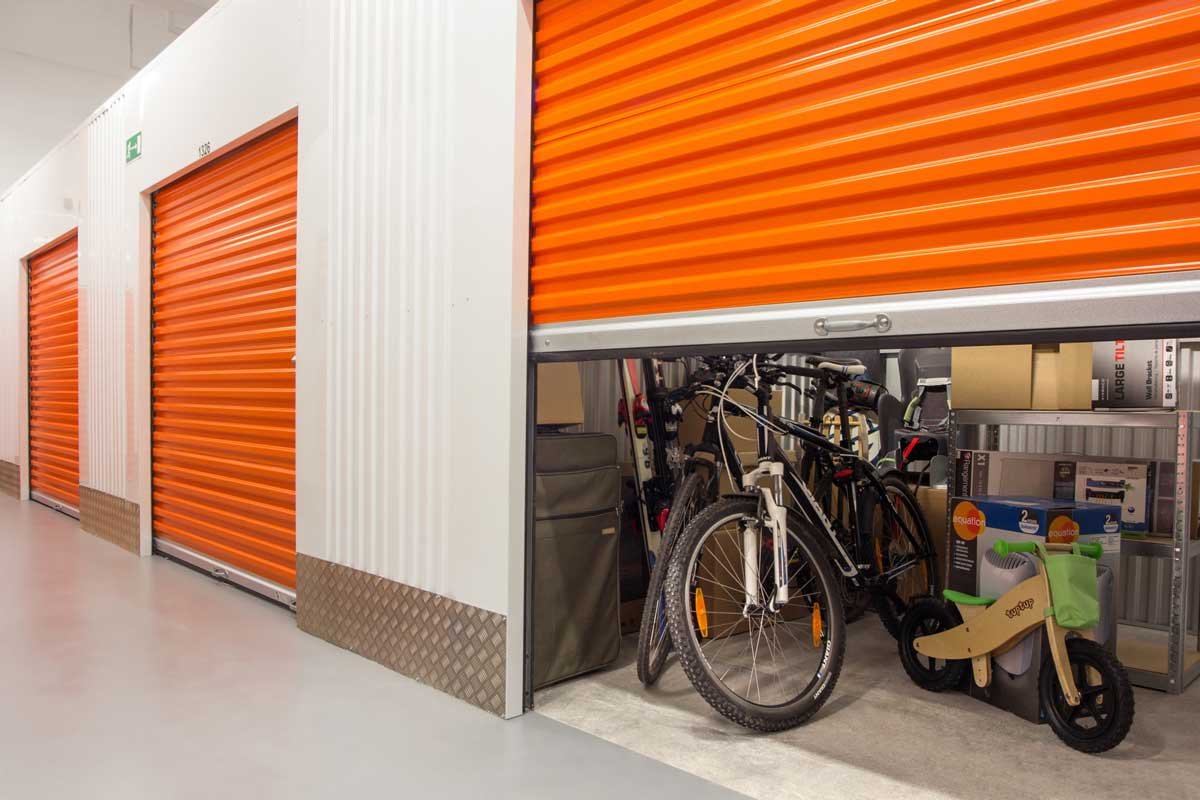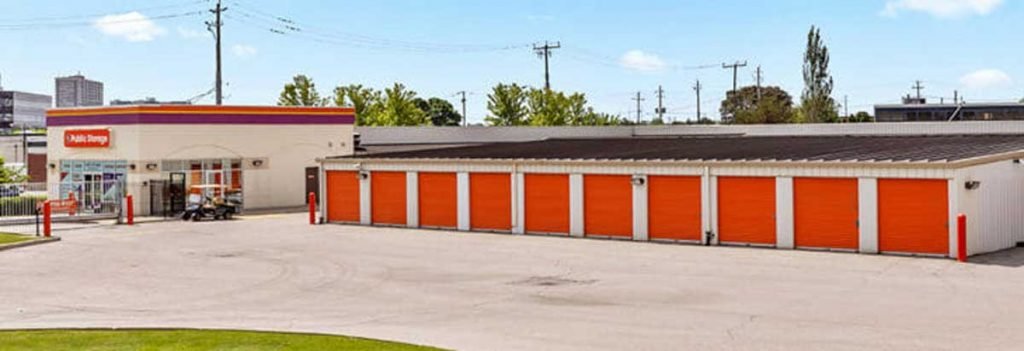There are many instances when renting a storage unit makes sense, whether we need it on a short-term basis or planning to store our items for the long haul.
It could be that we want to make room in our home and need a place to temporarily hold some of our belongings – when involved in a renovation project, for example, or when we simply want to get rid of some items that are taking up valuable space in the house.
A storage units in Adelanto CA also comes in handy when we’re moving house or after downsizing and the possessions can’t find room in our new abode.
Other times, it’s because it’s the most ideal place to keep some of our valuables – books, art and paintings, antiques and so on.
Whichever individual reason you want a storage unit for, when it comes down to it, there is the small matter of doing it right. Because finding the ideal public storage facility is only half the battle. You also want to optimize the storage space while ensuring whatever you’re storing inside will be safe and in good condition for as long as it’s under lock and key.
That said, here are five packing tips to keep in mind when prepping your belongings for public storage.

- Organize your items and label every box
Try to keep similar items together instead of bundling everything in the same box. That way, it gets easier to identify the individual boxes that hold this or that item – maybe kitchen stuff, books, or clothing – without having to comb through each box.
A marker should thus prove helpful to that end. You might think it will be easy to remember what you put into the respective boxes, but if you’re dealing with a slew of boxes, you can bet you’ll have forgotten about it by the time you’re ready to retrieve the belongings.
It’s the simple things…
- Clean before you store
This does not just apply to kitchen utensils. Everything needs to be cleaned before you put it in public storage – whether it’s clothes, books, furniture, or appliances like the fridge and washing machine.
The problem with storing your items uncleaned is that it can end up being a disaster – mold is a common problem in storage units when items are not cleaned and can affect everything from books to clothing. Worse still, your storage unit risks becoming a hotbed for bugs and critters, and that’s definitely not a problem you want to be dealing with.
- Don’t cram your boxes
You might be tempted to overstuff your boxes in a bid to save on cost of supplies and storage space, but that’s what we call a false economy.
Overloading your boxes puts a strain on your items, making them vulnerable to damage, as well as on the boxes themselves, risking them coming apart.
You‘ll know a box is over-packed when it’s bulging on the sides which is a sign that you need to take out one or two things.
- Avoid storing anything super valuable
We did allude to storing antiques and art in public storage, but unless you don’t have an option, a good general rule of thumb to follow is to avoid storing anything you cannot afford to lose.
That’s not to say storage facilities are unsafe, although some are, which is the reason you need to work with a reputable company in the first place. Your items should be safe most of the time – it’s just that there’s always that element of risk (albeit small) that items could get damaged or lost.
It’s a good idea to keep inventory of the items you’ll be storing, although some companies do it by default before you store anything as part of their policy.
Which takes us to the next point…
- Consider taking out insurance
Confirm whether your homeowner’s or renter’s insurance covers personal items in storage, although it’s highly unlikely when we’re talking valuable items like artwork.
In that case, you might want to consider purchasing a separate plan through the storage company or insurance company to safeguard items you don’t want to gamble with.
It’s nice to have that peace of mind when storing some items – you know, just in case – which is why you’re probably going through the trouble of storing them in the first place.

